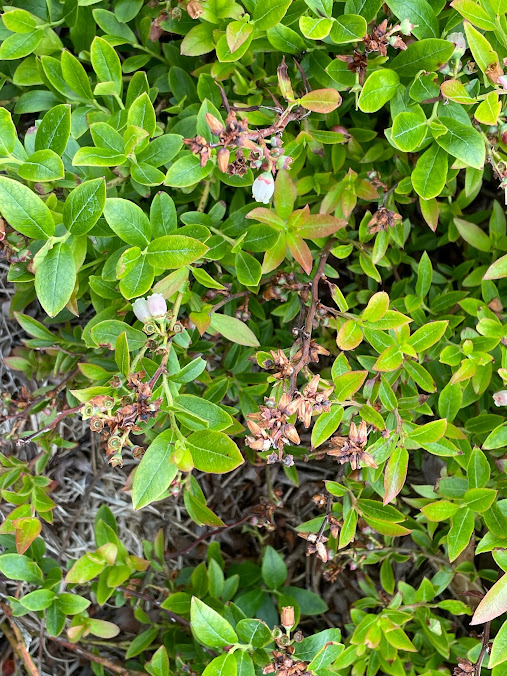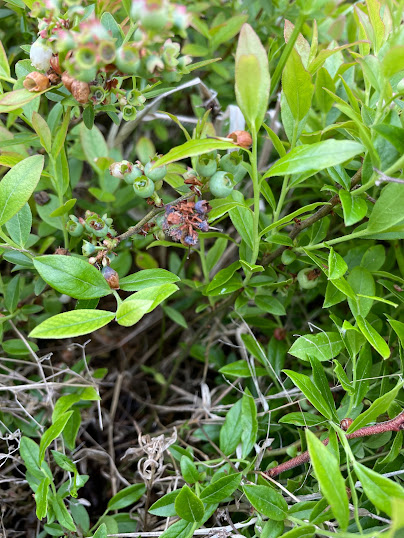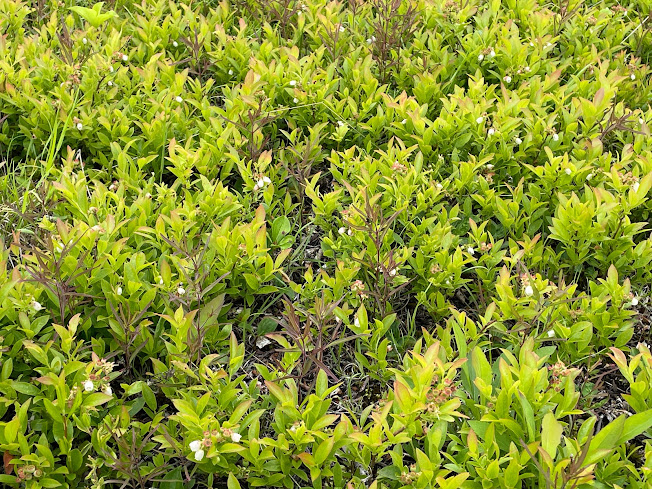Botrytis Blossom Blight
We had many wet days
starting at the beginning of June (June 1-7) when a majority of mainland fields
were in mid to full blooms. Although temperatures were not very high (on
average, it was around 10 c during those days), the duration of wetness was
long enough for an infection to occur (see the severity rating table below). This
year, we had a perfect condition for botrytis blight infection.
During those days, it was
wet and windy which hampered growers to apply botrytis fungicides. We are
starting to see symptoms of botrytis in crop fields in many regions/fields.
Here are some areas where
I observed botrytis symptoms and received reports on botrytis infection,
including Parrsboro (Kirkhill and Port Greville, but I am sure other fields in this
area should have different levels of infection too), Oxford and Mt. Pleasant fields,
Collingwood, Wentworth, Mt. Thom, and growers in Cape Breton also reported
there was botrytis infection.
If you didn’t apply botrytis
fungicides this year, I strongly suggest you check the fields. A lot of
people put on Merivon towards the end of bloom which was helpful for late bloom
patches but for early clones and fields, if you didn’t put on something during
mid-bloom, you will likely see symptoms. I took some photos and I want to show
all of them to you so you can see different angles and levels of infection from
Botrytis.
Some key points about
Botrytis Blossom Blight symptoms:
- Only
some flower clusters on a stem will be affected
- Botrytis
targets almost open and open flowers
- As botrytis develops, you can see black hairs, some with gray tips.
Please click on each photo to see a clear view of botrytis symptoms:
Spreading
Dogbane Management
If you are
having trouble with spreading dogbane in your fields, this month towards the beginning
of next month would be a good window to control them.
Crop
fields: it would be hard and risky to apply
chemicals to control dogbane in crop fields, so I recommend growers repeatedly
cut above blueberry-canopy vegetation or simply cut them before harvest to make
picking easier.
Sprout
fields: when spreading dogbane reaches the early
bud stage (see the photo below, when you start to see them produce green flower
buds, that’s a good time). Currently, the industry standard to control this
weed is still Dicamba. This is the active ingredient and the most common brands
we are using now are Banvel (if you have leftovers from before) or Enginea (the
product local stores carry now).
Rate and
application recommendations:
Please
spot spray spreading dogbane with Dicamba and be careful to not let chemicals
run into blueberry plants.
3 mL of Banvel
or Enginea per litre of water+ 2 mL of adjuvant (either activate plus or merge)
per litre of water.
So, if
you are mixing 5 L of water in your backpack sprayer, you would need 5 L of
water+ 15 mL of the product+ and 10 mL of adjuvant.
Spreading dogbane in the early bud stage
Lastly, here is a photo of Cow Wheats in a crop field:














